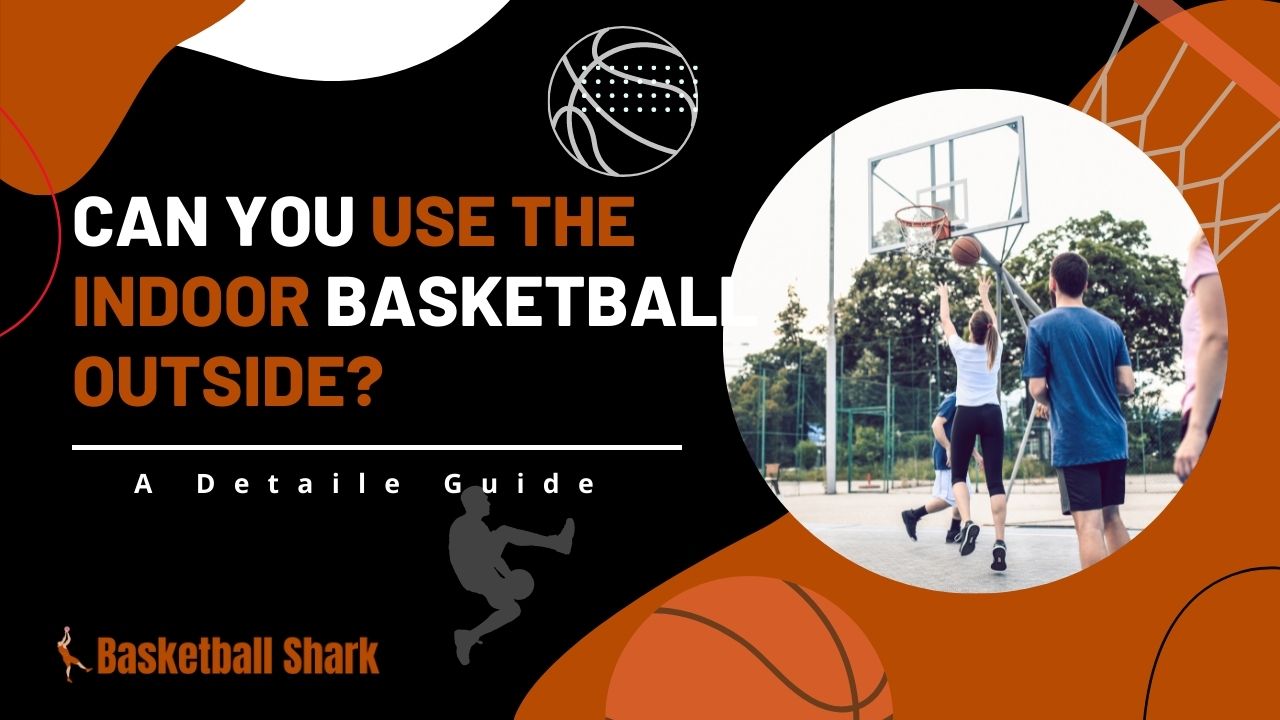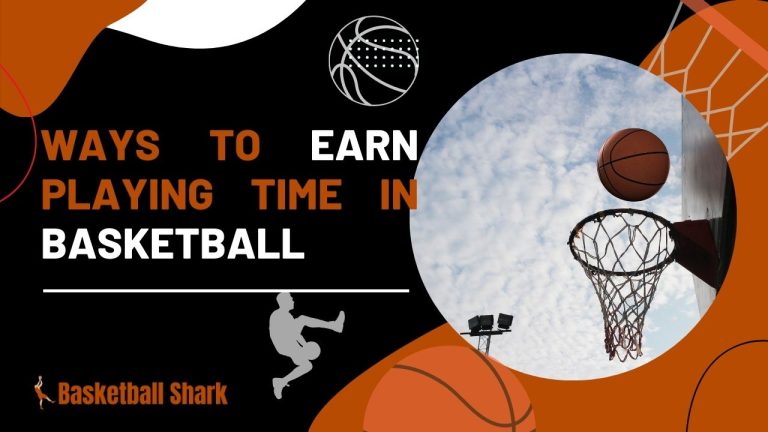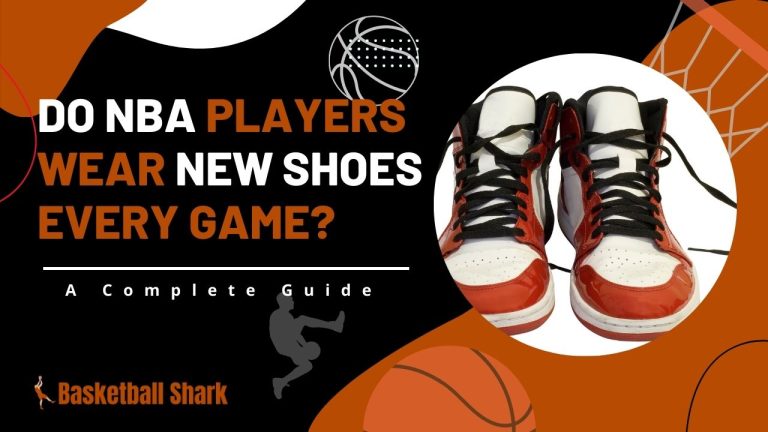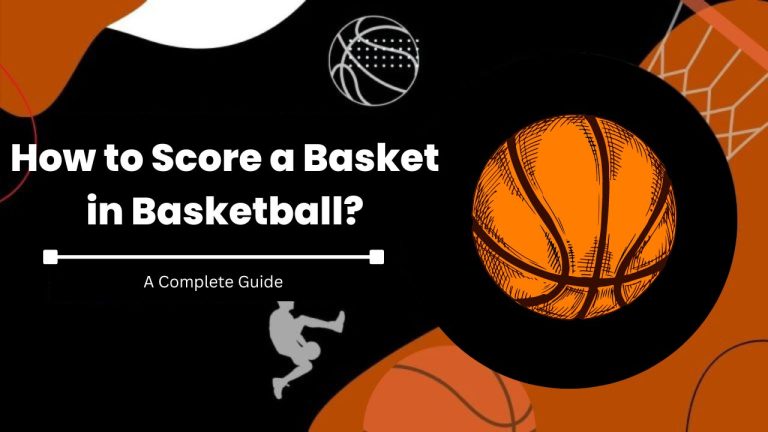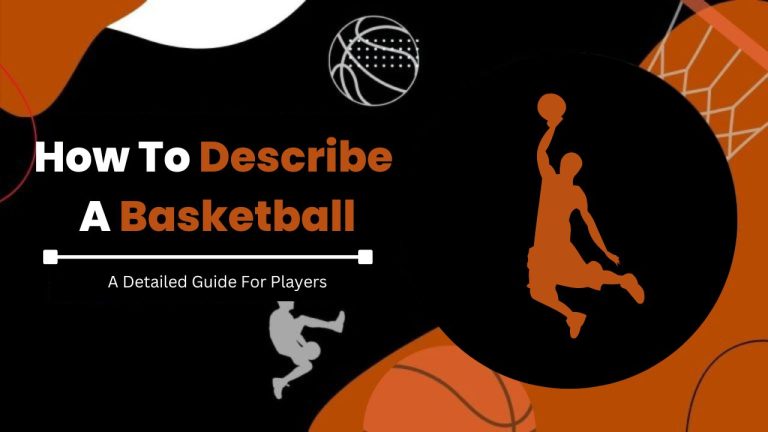Can You Use The Indoor Basketball Outside?
You’ve spent a bit of time ogling the indoor and outdoor basketballs at the sports goods shop. What contrasts the two so starkly? Can you use an outdoor basketball over an indoor court quite as well?
If you play on an outdoor basketball court, would an indoor basketball die from exposure to the weather? Why does a certain ball work perfectly on one surface but not another? The Rocky Mount Event Center examines how indoor basketball differs from outdoor basketball in today’s blog post.
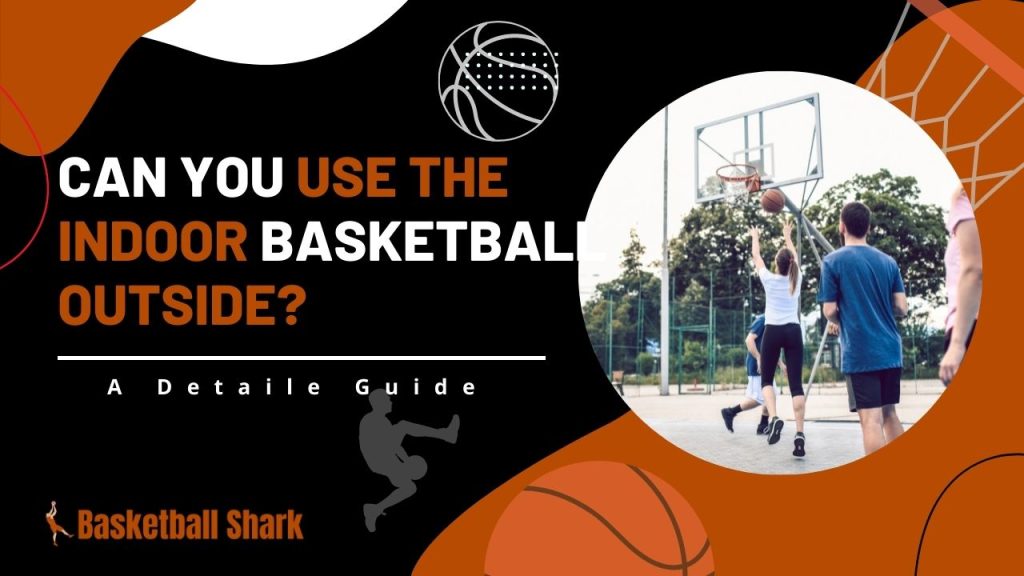
There are certain differences between indoor and outdoor basketball and also the environment you are playing in affects the balls. So, we are gonna see those differences and how the environment manipulates them.
First of all, we will see the compositional difference between indoor and outdoor basketball.
The material difference between outdoor and indoor basketball
The material utilized is where the two distinct types of basketballs’ primary physical differences lie. The surface of an indoor ball seems softer to the touch than an outdoor ball, as you may have experienced if you’ve ever seen one on a basketball court and dribbled or shot it. That’s because full-grain leather is used to make indoor balls. They have excellent grip and feel thanks to the leather.
Outdoor basketballs provide more of an emphasis on durability than on grip and feel. Outdoor balls are only manufactured for leisure players, and very few leagues and professional games are played outside. This implies that they must both withstand the environment and offer consistent feel and play. An outdoor basketball court can destroy a premium indoor ball, which is why most outdoor balls are composed of rubber or composite materials.
Durability differences
The difference between the two basketballs is durability. A basketball that is played indoors can last and perform flawlessly for years. When leather is put outside, the rocky ground can cause it to split or break. However, you may play indoor basketball on a court using an outside ball. Your strokes and ball control may not be of the highest caliber, but your ball will still hold up well on the court.
How does the environment affect basketball?
Indoor and outdoor basketball courts are quite different, as explained below.
Floor
The majority of indoor basketball courts are made of hardwood. As a less expensive option, some gym owners in other nations replace hardwood with vinyl on top of the concrete. Because vinyl-coated flooring is thin, it is almost as difficult to walk on as concrete. But the surface is just as smooth as the wood parquet.
Concrete is used to make outdoor basketball courts. Its surface is rougher because it also aims to maintain traction in the event of a wet area from rain. Some outdoor basketball courts come with a rubberized coating to make the surface seem less harsh while maintaining traction. Concrete poses more risk of injury and the opportunity for cutting than hardwood or vinyl.
Gear and equipment used
The main thing you want to attempt to prevent when exercising outside is getting scratches on your skin. Especially on your knees or elbows. On the playground, knee or elbow protectors are preferable. If you’re on a tight budget, it’s not necessary, though.
As was already established, there is also a significant difference in how the ball and, consequently the shoes are gripped. It is advised to get an indoor/outdoor basketball for the ball and check it out to make sure you are comfortable with it. Changing from one type of ball to another might potentially affect how you play. Sometimes, a basketball played outside is much more slippery than one played inside. Nothing will be completely different.
As for footwear, invest in a pair of basketball shoes that are appropriate for outdoor play. Using it indoors won’t make any difference at all.
Basketball rim and backboard
Outdoor basketball rims typically deteriorate more quickly than indoor basketball hoops due to the constantly changing weather. The more forgiving the finish of each shot is, the more a rim ages and becomes weaker. Unlike a strong rim, there is little chance of a fortuitous bounce if you miss. Once you strike the iron, it will immediately bounce back out.
In terms of backboards, indoor backboards are constructed from translucent polymethyl methacrylate. On the other hand, the majority of outdoor backboards are composed of steel or wood. The backboard is visible, so you won’t be distracted while you’re moving up from the center position outside.
People will approach the backboard to distract you from your free throws, which is contrary to indoor gymnasiums. In other words, it’s easier to get after you start playing outside basketball. Unless it’s snowing or dropping, of course.
So can an indoor basketball be used outdoors?
Compared to outdoor basketballs, indoor basketballs are constructed of softer materials. Basketballs used indoors are therefore more prone to wear and tear and are not suitable for usage outside. Concrete floors are commonly used for outdoor basketball courts. Because their materials are matched to drum sander surfaces like the wood floor, indoor basketballs are named as such.
The materials of indoor basketballs may rip or split if used outside due to the hard concrete surface.
So it makes more sense to leave indoor basketballs on the hardwood.
Composite leather basketballs
There is a certain time of basketball which can be used both outside and indoors. They are usually made of composite leather. Basketballs used outside are made of two different types of materials. One of them is made of animal skin composite. Basketballs made of composite animal skin will thus surely be utilized outside.
However, compared to rubber basketballs, composite animal skin basketballs are considerably more expensive.
They are much more adaptable because you can use them both inside and outside. If we consider that, perhaps composite basketballs made of animal skin are of greater quality. They apply to all courts.
Is playing basketball in the rain okay?
Basketball may often be played outside in the rain. If you want to retain your ball longer or if you don’t want to be hurt, it’s not advised. As a result of the ground being more slick than usual, playing basketball in the rain increases your chance of suffering an ankle or knee injury.
As a result, when you leap or land on your feet, you won’t be stable.
Which Basketball Brand Is the Best?
In basketball, Spalding continues to be the most well-liked brand. It’s not necessarily the finest, though. Due to the NBA’s widespread appeal, Spalding is frequently the first basketball brand that springs to mind.
Is it harmful to play basketball on concrete?
Outdoor basketball courts are commonly used by players. They are more widely available than indoor courts, and they are present in every park nearby.
Basketball is frequently played on concrete since outdoor flooring is typically composed of this material. It is not horrible, but it does put the player and the basketball in higher danger.
Best basketball for outdoor use
Spalding, the official basketball of the National Basketball Association, is the most widely used brand of outdoor basketball (NBA). Outdoor basketballs from Spalding come in a variety of styles.
Read More
Conclusion
As you can see, each ball has several advantages and disadvantages, but the most important thing is to pick the right basketball for your needs. It’s unlikely that you or your child will be playing regularly on an indoor court if you are just starting.
Instead of purchasing a trendy indoor ball, save your money and get an outdoor basketball. You may purchase an indoor full-grain animal skin ball after you’ve advanced to the point where you’re playing competitively and training inside regularly.

